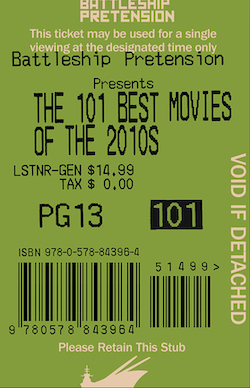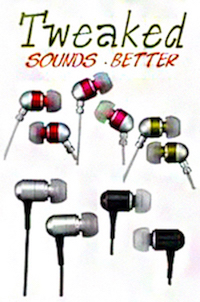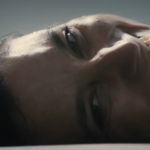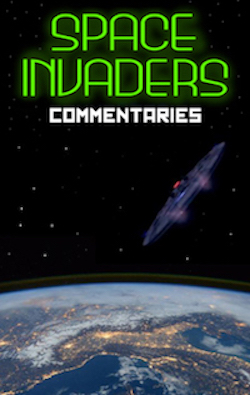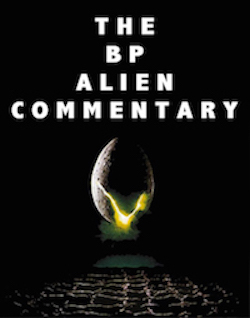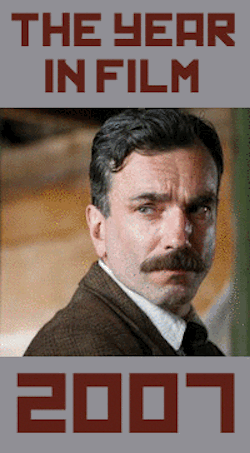Home Video Hovel- Late Spring, by Scott Nye
The current “whatever man, like what you like” climate of film criticism being what it is, I suppose it wouldn’t be considered uncouth for me to say I didn’t warm to Yasujirō Ozu right away. We needn’t dwell on it terribly since those days are over, but suffice to say that the problem was entirely with me. I needed to grow, to experience the world, to watch, as he did through several of his films’ titles, the changing of the seasons. The first of such films, Late Spring, provides perhaps the perfect introduction to Ozu, and now The Criterion Collection has crafted the perfect edition of it on home video.
In addition to being the first in the series of “seasons” films Ozu made, Late Spring is also the first in the “Noriko trilogy,” so called because in each film (Early Summer and Tokyo Story are the others), Setsuko Hara plays a character named Noriko. She’s not intended to be the same character in each film, though her basic circumstances as a single woman in postwar Japan are always the same. And while that may smack some of laziness, it wasn’t such an uncommon practice in world cinema at the time. Monica Vitti basically played the same woman four times for Michelangelo Antonioni, while Toshiro Mifune’s collaborations with Akira Kurosawa inevitably resulted in as many similar characters as distinct ones. Ozu just had the sense of humor to keep giving his muse the same name.
It’s not hard to see from Late Spring why he took this tack. Hara is magnificent in the lead role, at turns shy and pleasant and others deeply morose, clinging onto her relationship with her father in a way that never suggests anything untoward while still conveying deep, real, honest affection for the man. As the father, Chishu Ryu also displays inner turmoil, unsure of whether his twenty-seven-year-old daughter really should be married as society dictates, when both of them are quite pleased with their current living arrangement. And that’s pretty much the picture, but as those more familiar with Ozu’s work can surely testify, the master wrung from such slight premises the whole world. It’s not a simple matter of “observance,” as some often tag his work; he really is an expert storyteller, frequently undermining dramatic convention to keep audiences on alert, but also knowing when to employ a small, deft, gut-wrenching touch.
The other end of my Ozu love has been time to sit with the films themselves, and it’s only been within the last month or so that my sporadic curiosity in his work, which began years ago, has crystallized into total admiration and devotion. These are lived-in films, and sometimes they need time to live in you. All the more reason to own Criterion’s wonderful new Blu-ray, which one must definitely judge on the curve I’ve spoken of many a time before. The print they had access to has major issues with it. Damage marks are only the beginning. The image sometimes flutters out of focus, a few frames are missing, and there’s a repeated strobing effect on the left side of the frame, in which a band of white scrubs halfway across the image, resets, and then starts again. None of this is deadly to the picture, particularly if you’re used to slumming it in rep houses, it’s just the nature of the beast. Criterion’s presentation of it is still the crisp, clean, carefully-balanced work you’d expect from them.
At first glance, this doesn’t seem to be an especially “stacked” edition, special-features-wise, but I love this set-up – one commentary, one documentary. And when your commentary is courtesy of Richard Peña, and the documentary is by Wim Wenders, that’s more than enough. Peña was the program director of the Film Society at Lincoln Center at the time this was recorded in 2006 (he stepped down only last year), where he programmed, among a great many other things, a comprehensive retrospective on Ozu, and speaks a lot about his experience of getting to know Ozu’s films beyond their historical importance. He also elaborates on Ozu’s life, trademarks, Japanese culture, and provides a great deal of critical insight into Late Spring itself, as its own piece and as it relates to Ozu’s filmography. Peña is one of those guys who can kind of do it all, so it comes as little surprise that his track is as solid as it is.
Wenders’ documentary, Tokyo-ga, is even more intensely personal, using Ozu’s work as a springboard for his trip to Tokyo to see how much of Ozu’s world remained, and what had come to replace it. This will also be of interest to Lost in Translation fans, as the Tokyo he discovers bears a much closer relationship to the city of that film than the city Ozu filmed in the postwar years. But any way you slice it, Wenders is a true philosopher/artist, finding fascinating anything foreign, and his methodology of making sense of it is equally, if not more, interesting than what he actually finds. He also interviews Ozu’s regular cinematographer, Yuhara Atsuta, and Ryu, who appeared in all but two of Ozu’s fifty-four films. It’s a wonderful piece.
And as always, we get a typically informative, insightful booklet, this time with essays by Michael Atkinson, who focuses on Ozu’s depictions of different generations, and Donald Ritchie, who writes about Hara and Ozu’s collaborations. The booklet is topped off with Ozu’s thoughts on Kogo Noda, his frequent screenwriting collaborator. Considering it’s a rather slim booklet – only twenty pages – I was delighted to find so much content.
Yasujirō Ozu is one of the great cinematic titans for a reason, and Late Spring is one of the primary pieces of evidence for his case. At turns funny, charming, and heartbreaking, it’s a quietly moving experience about the necessity to move forward from happiness to enter the next stage of life. Criterion’s new Blu-ray does Ozu’s art great service, bringing it alive for home consumption.













